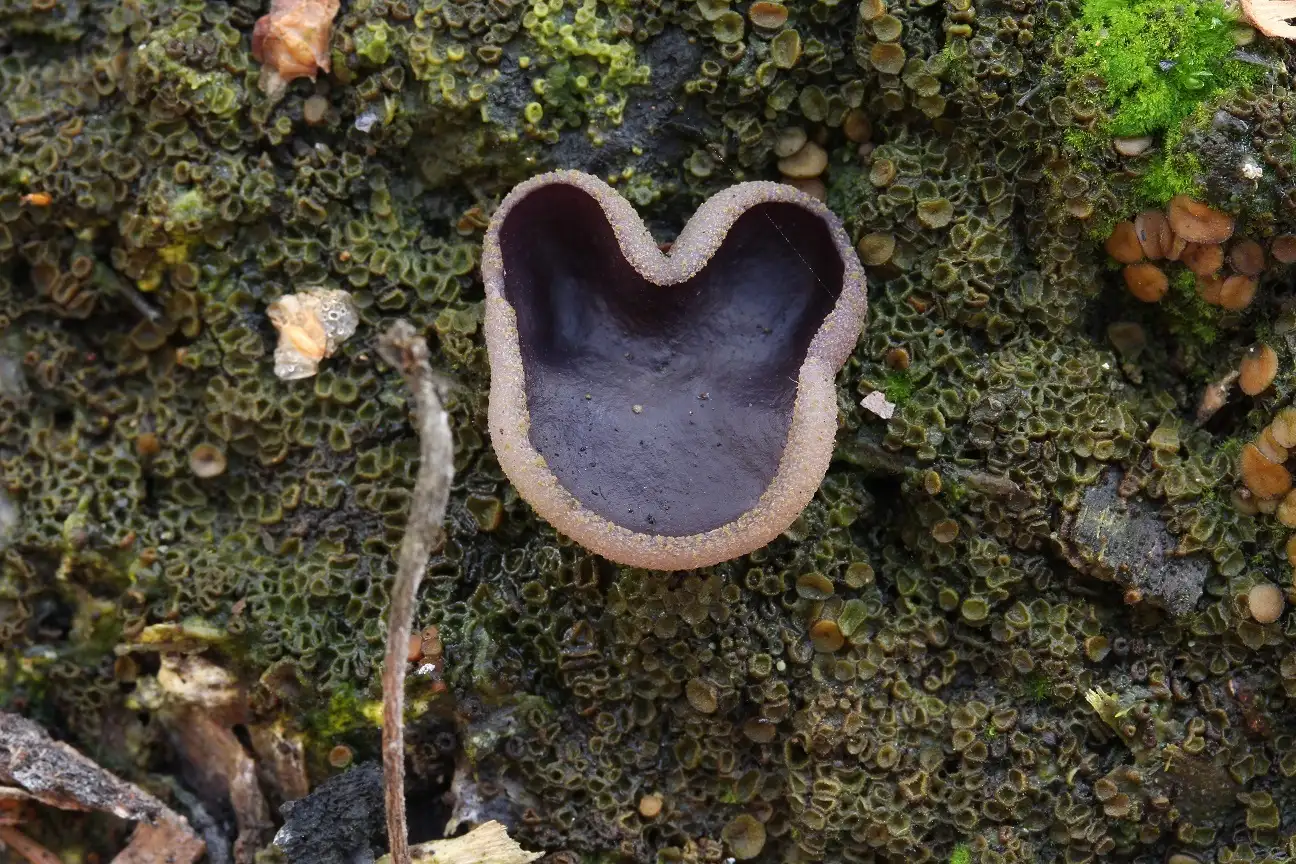Biodiversity

The Elbe Sandstone Mountains are a cross-border erosion landscape from the Cretaceous period that is unique in Europe. The imposing rock formations and table mountains with their sandstone cliffs are a valuable landscape worthy of protection in their own right. However, they also provide habitats of supra-regional importance. Significant populations of rare bats develop in the large forest areas and also use the rocks as winter quarters - not only the rare black stork, eagle owl and peregrine falcon breed on them. Among the secretive bats, the three species of pug bat, Bechstein's bat and nymphal bat show how close to nature larger forest areas are.
The relict forest species are another important group of old forests that have been little or not used for a long time. According to current knowledge (2024), 13 beetle species are known in the national park that are considered to be such primeval forest relict species. They only occur in old forests with very natural structures and large amounts of dead wood. Two of them live exclusively in the Saxon Switzerland National Park throughout Germany.
There are also some rare natural indicators among the fungi in the national park, such as the knotted, fir and hedgehog spiny beard or the fir spherical sponge.
The significant differences in altitude between table mountains and ravines for a low mountain range create special landscapes not only visually but also climatically. It is therefore not surprising that not only the name ‘Switzerland’ but also the vegetation bears alpine influences. Saxon Switzerland is known for the occurrence of montane and arctic-alpine species at comparatively low altitudes. For many of these occurrences, our region is like an island in Central Europe. The nearest occurrences are often only found in high low mountain ranges, high mountains or in Scandinavia. These include the vascular plant species two-flowered violet, stem-embracing knotweed and black crowberry. But there are also many rare species of mosses, lichens and insects, some of which occur exclusively in the Saxon Switzerland National Park throughout Saxony or Germany.
Researching and inventorying species diversity is an ongoing process. At the same time, the occurrence of species is also subject to constant change, which is influenced by various factors. Insufficient knowledge exists, for example, on the very large and species-rich groups of dipterans and hymenoptera, as well as algae.